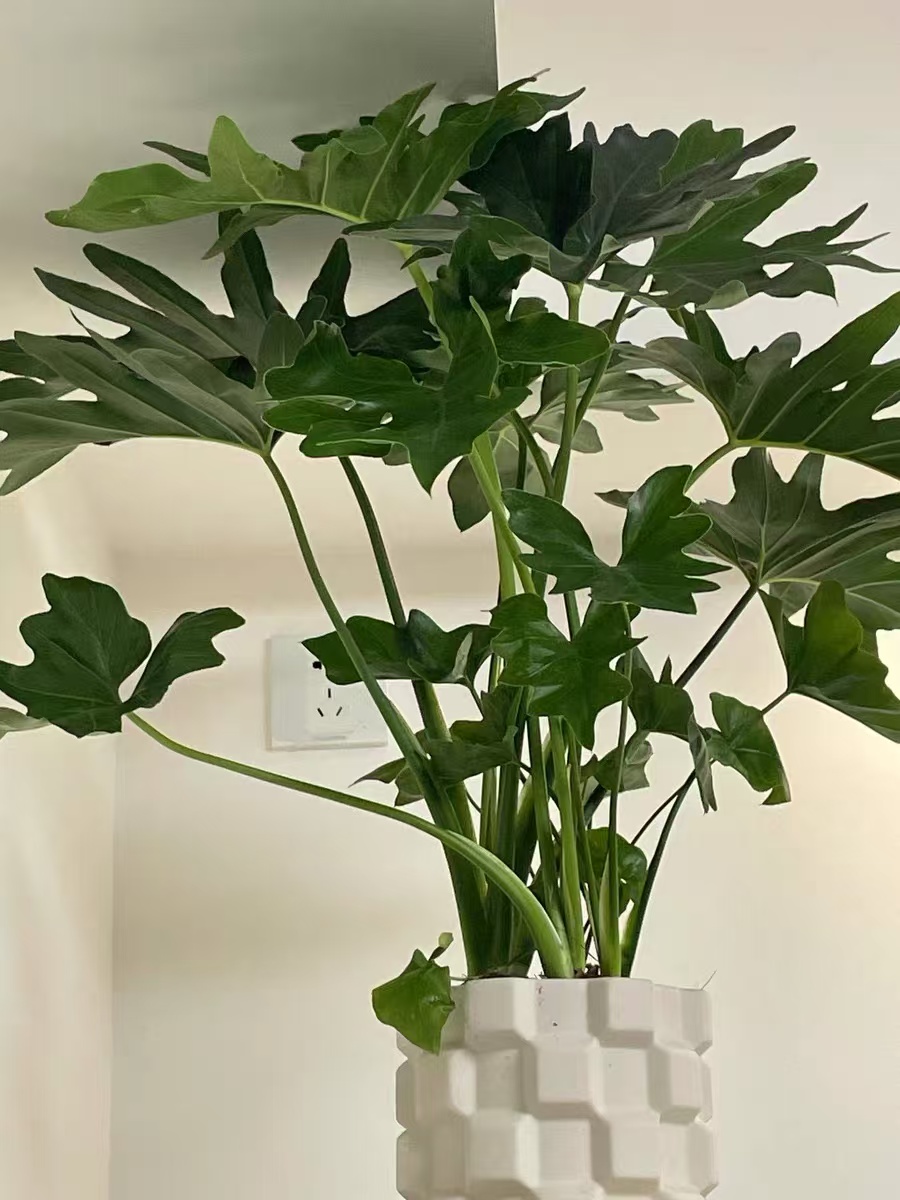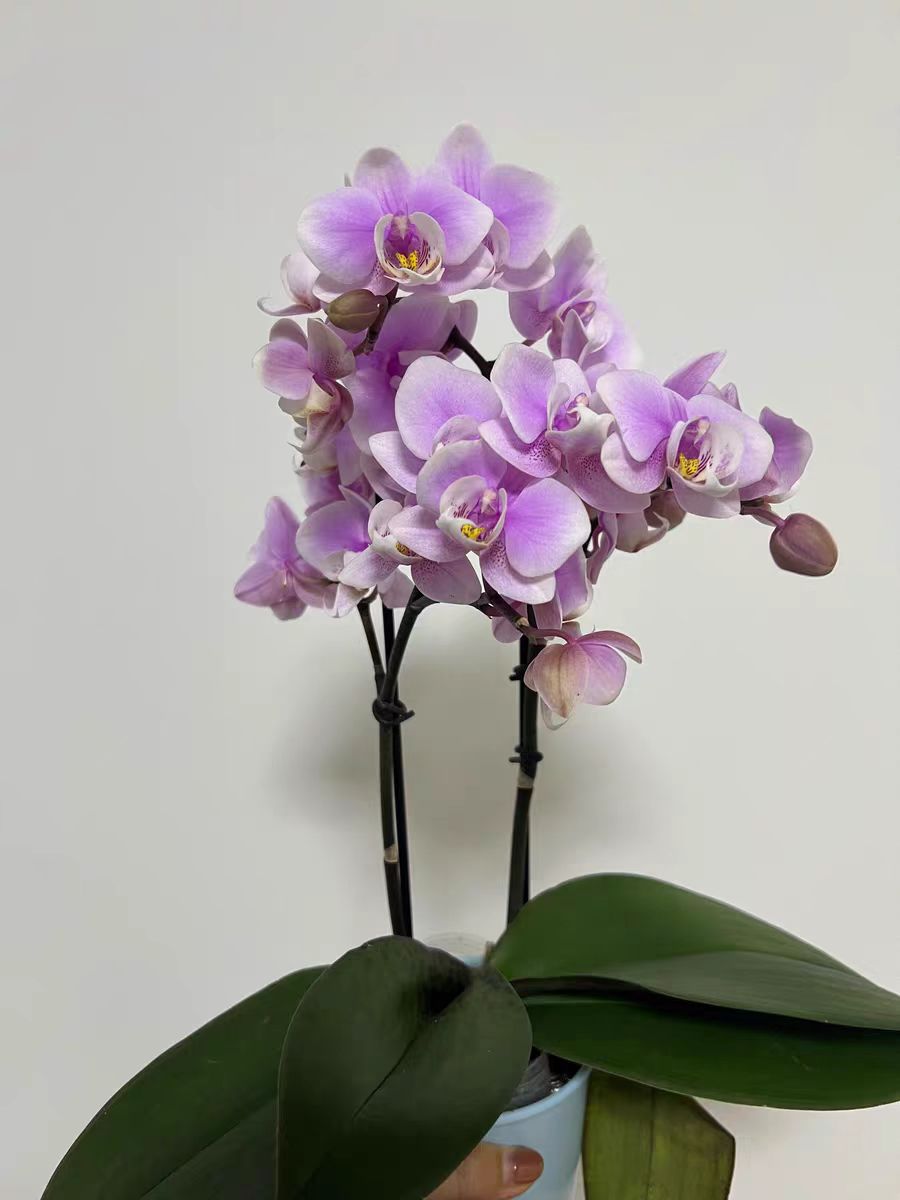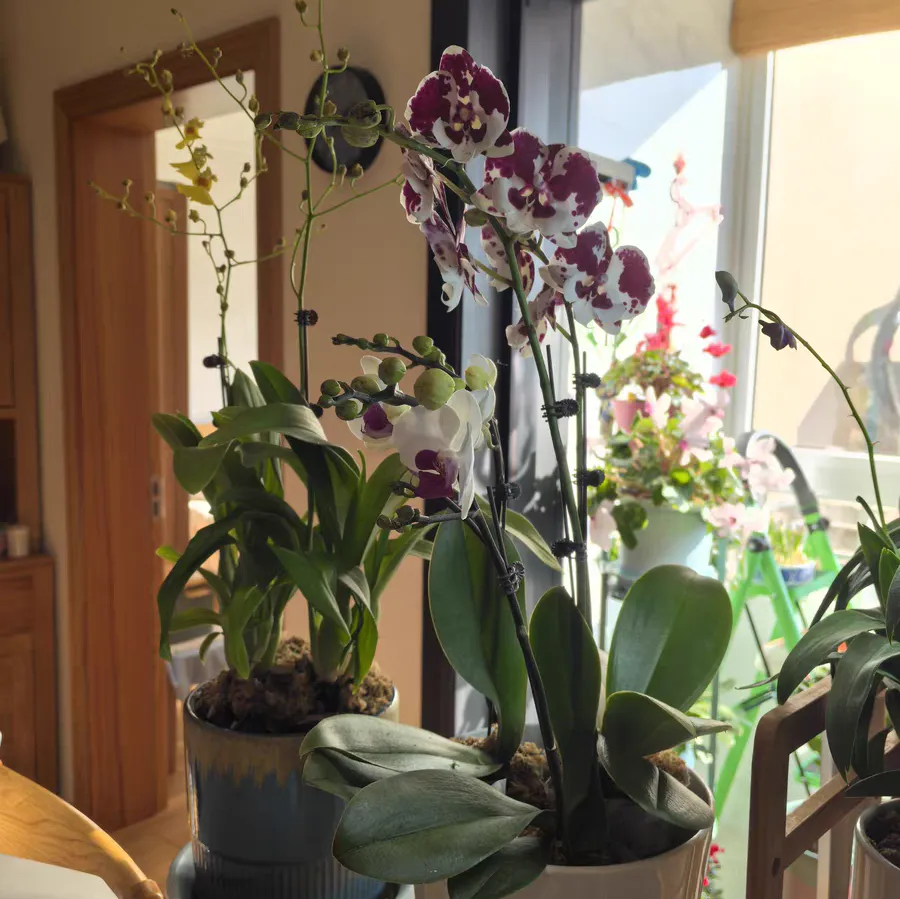Tropical green plants have become a popular choice for home decoration due to their unique charm and excellent air purification capabilities. Today, let's get to know four kinds of tropical green plants that not only have lush green leaves but are also easy to care for and can thrive even in winter: Schefflera octophylla, Bryophyllum pinnatum, Philodendron bipinnatifidum, and Zamioculcas zamiifolia.
Schefflera octophylla
Schefflera octophylla, also known as Heptapleurum arboricola, has a unique leaf shape. Its leaves are palmately compound, resembling the webbed feet of little ducks, which are highly ornamental. The lush green leaves look even more vibrant in the sunlight and can decorate the home environment beautifully.
Schefflera octophylla prefers a semi-shady environment, avoiding direct sunlight. However, it should not be kept in the dark for a long time either, otherwise the leaves will turn yellow. Keep the soil slightly moist, avoiding waterlogging that may cause root rot. The watering frequency can be reduced in winter, keeping the soil a bit dry. Schefflera octophylla has a strong adaptability to temperature, but it should be kept above 5°C in winter to avoid frostbite. During the growth period, a diluted liquid fertilizer made from decomposed organic matter can be applied once a month to promote the growth of the plant.
Bryophyllum pinnatum
Bryophyllum pinnatum is a tropical green plant that is extremely easy to propagate. Many small buds will grow on the edges of its leaves, and these small buds can take root and germinate once they fall to the ground, hence the name "Bryophyllum pinnatum". Its leaves are thick and the bright green color is pleasing to the eye.
Bryophyllum pinnatum likes充足的光照, but it can also tolerate semi-shade. It needs to be shaded in summer to avoid sunburn. Keep the soil moist during the growth period, but avoid waterlogging. The watering can be reduced in winter, keeping the soil a bit dry.
It should be kept above 10°C in winter to avoid being frozen. It can be propagated by cuttings using the small buds on the leaves, with a very high survival rate.
Philodendron bipinnatifidum
The leaves of Philodendron bipinnatifidum are huge, pinnately compound, and have a rich green color, which is highly ornamental. Its unique leaf shape and elegant posture add a touch of tropical flavor to the home environment.
Philodendron bipinnatifidum likes scattered light, avoiding direct sunlight. The lighting time can be appropriately increased in winter. Keep the soil moist during the growth period, but avoid waterlogging. The watering can be reduced in winter, keeping the soil a bit dry. It prefers a warm and humid environment and should be kept above 10°C in winter. During the growth period, a diluted liquid fertilizer made from decomposed organic matter can be applied once a month to promote the growth of the plant and the enlargement of the leaves.
Zamioculcas zamiifolia
Zamioculcas zamiifolia gets its name because its leaves are thick, have a bright green color, and are neatly arranged, resembling strings of copper coins. It has an auspicious meaning of wealth and prosperity and is deeply loved by people. Meanwhile, Zamioculcas zamiifolia also has good air purification capabilities.
Zamioculcas zamiifolia likes a semi-shady environment, avoiding direct sunlight. The lighting time can be appropriately increased in winter. It has a strong drought tolerance, so watering should not be too much. Keep the soil slightly moist during the growth period, and the watering can be reduced in winter.
It should be kept above 10°C in winter to avoid being frozen. During the growth period, a diluted liquid fertilizer made from decomposed organic matter or a compound fertilizer can be applied once every two months.
Winter is coming. Why not try growing a few pots of tropical plants at home? These four kinds of tropical green plants not only look good and are easy to care for, but can also effectively purify the indoor air. Whether placed in the living room, bedroom, or office, they can add a touch of green and vitality to our living environment.
What are the Easy-to-Care-for Tropical Plants?

Share with
Tagged in :




Leave a Reply